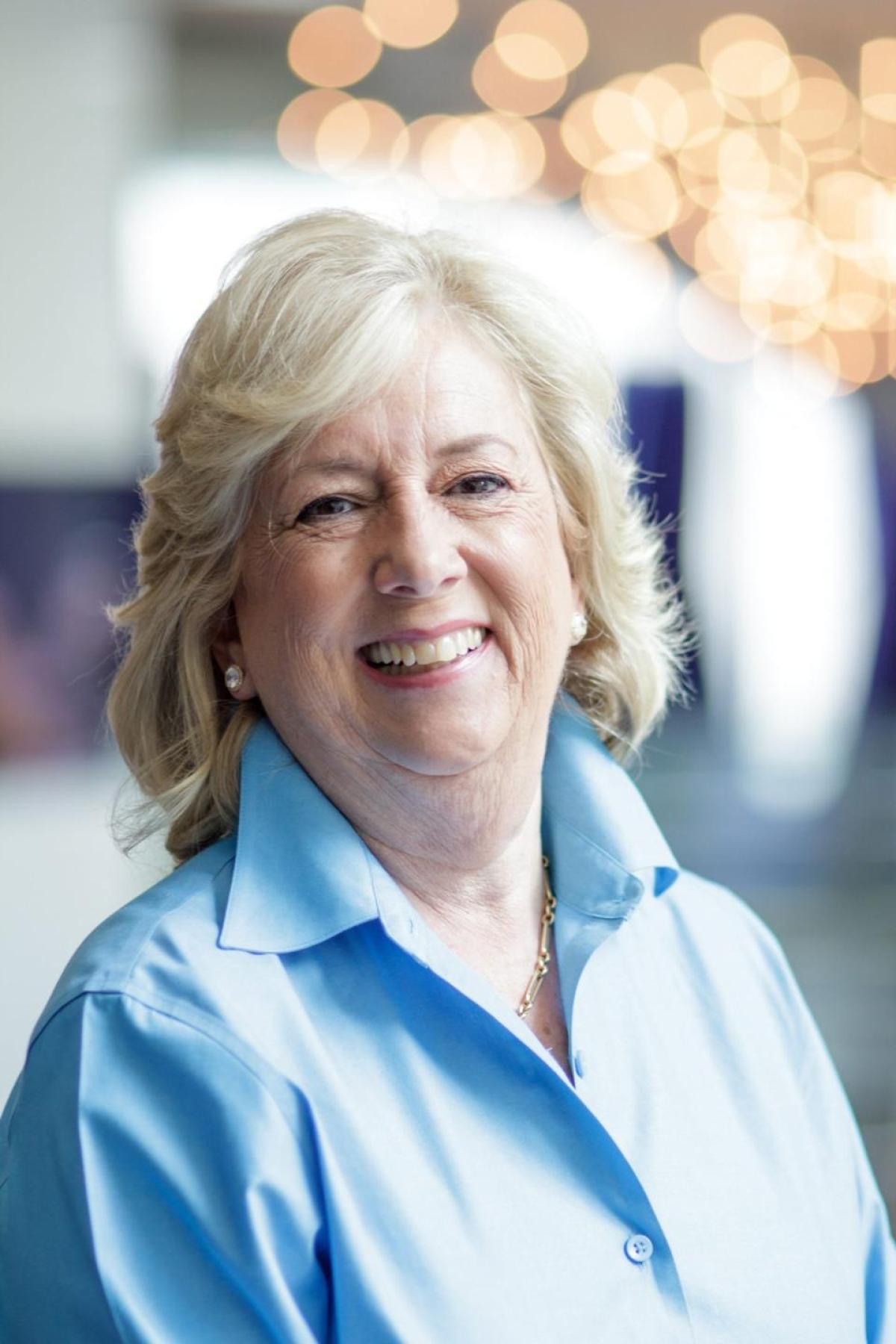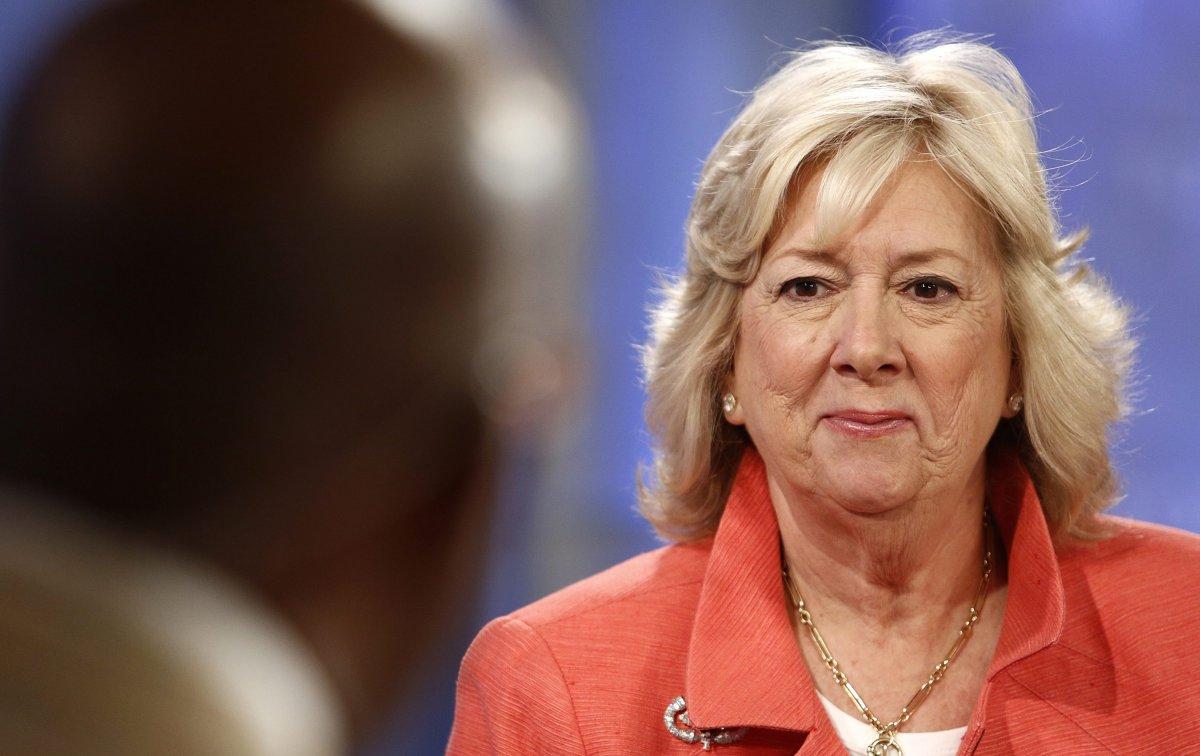Author, Ex-prosecutor Slams Critics of Child Victims Act, Urges New York to Stop Protecting Abusers
By Linda Fairstein
There is no class of people more vulnerable to sexual predators than children. In the overwhelming number of cases, the perpetrators are people who have betrayed the trust of children in their care — relatives, foster families, educators, coaches, clergy and health care professionals — who are far more likely to commit the traumatizing acts than strangers our children are brought up to fear. The greatest damage has been done to child victims whose voices have long been silenced — first, by their abusers, and then by the senseless laws that have placed arbitrary limits on the time they have to seek justice. We cannot save many who have come before this, but we can change the outlook, the possibility of justice — both in criminal and civil court — for the thousands more who have suffered at the hands of predators and those whom we know will come next. The time to pass the Child Victims Act is now. There is no reasonable opposition to this argument. What is it opponents fear? Some have raised the concern of false reporting, but the statistics are abundantly clear that this problem represents a small fractional proportion — less than 2% of all claims. For example, California saw about five false claims out of 850 against the Catholic Church. False reporting occurs in every category of crime and it is certainly an issue in cases which fall within the statute of limitations. It is part of the job of every prosecutor to identify those complaints and get them out of the system. They are rare, and they should never be a barrier to the overwhelming number of valid complaints that deserve to be investigated. Is it the ease with which some critics say the reporting occurs? That is terrifically unfair and absurd. One must only meet with, listen to, experience the moment when an adult survivor discloses the torment of her or his youth. In most instances, the first telling of the facts is made after an agonizing period — years and years — of self-doubt, of denial, of wondering whether the listener will blame or believe. To look in the eyes of the individual is to understand immediately the depth of the pain and the searing imprint the criminal conduct has imprinted in the heart and on the soul of the victimized child. I can think of few things more difficult in one’s life than deciding when and to whom to reveal the abuse. That alone makes me understand that only a small number of survivors ever choose to tell their stories. We are not opening the floodgates when we change these laws. Do not be misled by that kind of argument. The inherent difficulty in reopening the wounds caused by sexual abuse prevents victims from ever reporting these crimes. Another issue of how predators are expected to defend against such charges so many years after the fact — the basis in law for all statutes of limitation. Three things come instantly to mind. First is the specificity of the complaints made by so many of the survivors, especially in cases of ongoing episodes of abuse. These children experienced conduct and heard language that most kids of their age (especially in the pre-internet days when much of the abuse now being reported happened) had no reason to know. In the retelling, the excruciating detail of what the predator said and did is a compelling piece of the case. Second, with the training of Special Victims detectives and prosecutors, it is now possible — much as we do in cold case homicides — to go back and seek evidence that corroborates the accuser’s story. I have had a survivor tell me about the painting over the dresser in the perpetrator’s bedroom — the one she stared at every time he demanded that she come inside, the one she stared at to distract herself from the pain and the horror of what she was being forced to experience. She had no reason to have ever been in the bedroom of her best friend’s uncle and yet 20 years later she could recall every piece of furniture and art, down to the detailing of the swirling pattern in his rug. In some cases, that bedroom will be exactly the same when investigators go back to view it.
Then there is actual evidence. Predators — just like in film and crime novels — often keep souvenirs to revisit the excitement of their actions. Armed with search warrants today, investigators will all too often find photographs of the adult witness — then a child — naked on a bed, or retrieve letters and diaries that document when each victim visited and what occurred. One of my perps seduced young boys by starting at a fast-food restaurant, and he kept lists of what each child liked to eat and drink — burgers and fries, nuggets and shakes. Those lists were still on his computer many years later. Occasionally, the all-powerful tool of DNA helps confirm the case, when clothing or bed linens or a stuffed animal — often saved for a reason that is entirely emotional — which was present for the criminal conduct still carries the evidence of the sexual contact. For 26 of my 30 years in the Manhattan DA’s office, I was in charge of the country’s pioneering Special Victims Bureau. When I joined that great office in 1972, our state’s laws were so archaic that the word of an adult survivor of sexual assault was considered “incompetent” in a court of law. My colleagues and I were unable to prosecute rapists unless there was independent evidence of the commission of the crime. Throughout the 1970s and ’80s, prosecutors, survivors, advocates, and enlightened legislators lobbied for reform when societal attitudes finally allowed us to discuss these dark subjects in public. New York lagged behind almost every state in the nation, then as now, in addressing this long-overdue reform. While that effort was underway, I continued daily to interview women who had been raped — mothers, sisters, daughters, students, secretaries and executives — sitting with them as they tried to understand why our legal system would not allow them to confront their attackers in the courtroom. Despite great opposition from the legislature at the time, the law was finally changed to allow adult sexual assault victims to have their day in court. When DNA became a reliable scientific tool that revolutionized the criminal justice system in the 1990s — used both to identify offenders and to exonerate the innocent — we fought again to eliminate the statute of limitations that prevented victims from testifying in cases solved long after the statute had expired. There was vociferous opposition from the legislature, until at last its members removed the impediments of 17th century law and applied 20th century reason. Sadly, the reforms only applied to adult victims of sexual abuse. In too many cases, after the adults present themselves to disclose childhood abuse, a quick check about the offender shows the predatory nature of his being. It is the private school teacher who has been transferred from one institution to another after suspicions were confirmed, but never reported. It is the football coach who had too many skiing weekends with his favorite boys at his weekend cabin until a parent finally trusted the instincts of his child to forego the trips. We need to recognize the pervasive nature of the crimes of child sexual abuse by passing the Child Victims Act. We need to arm our survivors with a chance to do justice, just as we need to end this epidemic of victimization and restore dignity to our children, whenever they have the strength and courage to speak out.
|
.
Any original material on these pages is copyright © BishopAccountability.org 2004. Reproduce freely with attribution.

